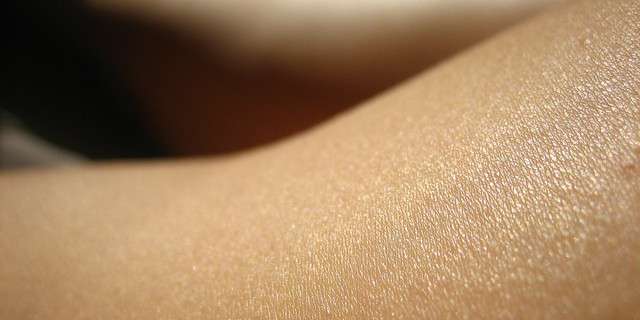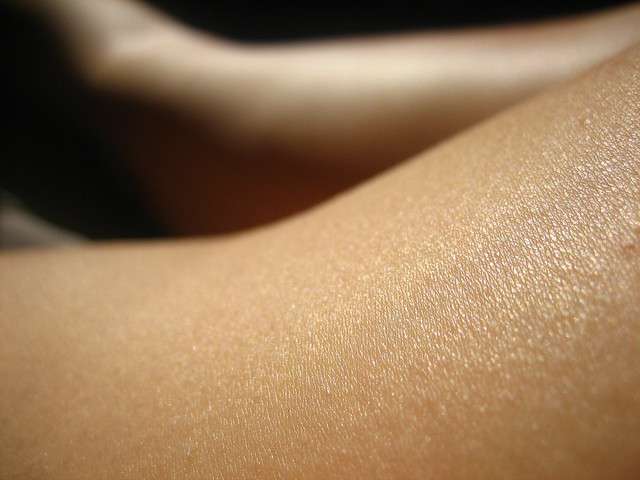
Human beings need the sun to survive, but because the human skin is sensitive to ultraviolet (UV) radiation, we are continually looking for ways to protect ourselves from the harmful effects of these rays. The quest for sun protection has taken precedence in manufacturing, and lotions, clothing and detergents all utilize UV analysis to measure the protective qualities of these products. Spectrophotometers can quantify the amount of sun protection these products provide, ensuring that skin stays protected and compliance with regulatory standards is attained.
The sun is imperative to human survival, but we must protect our skin from the damaging UV radiation that it emits. Image Source: Flickr user Jerry Meaden



